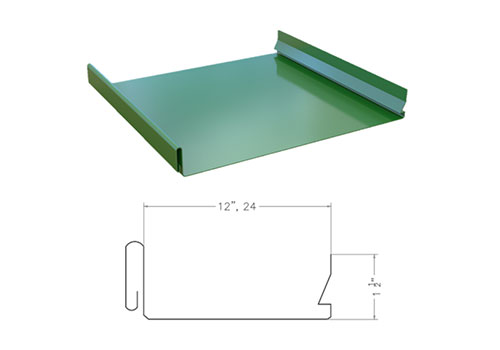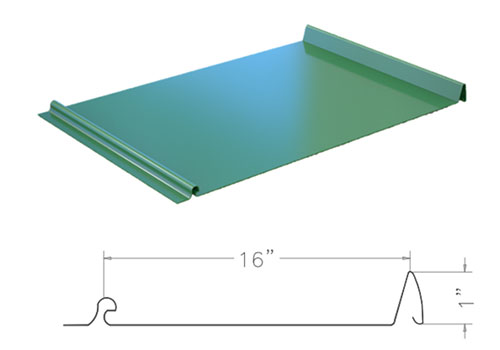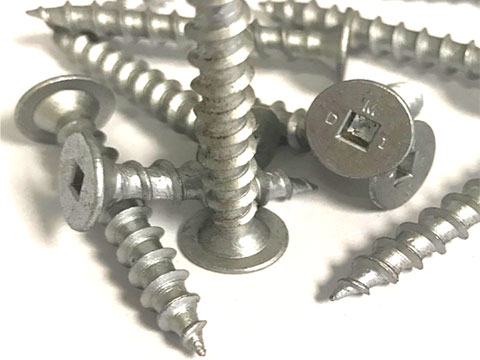Snap Lock Standing Seam Roofing Supplier
admin2025-02-10T18:12:40+00:00Snap Lock Standing Seam Roofing For Residential And Commercial Projects
Snap lock standing seam provides your roofing with a sleek appearance and exceptional performance. It consists of male and female legs that snap together and fasten underneath the panel. However, care needs to be taken to securely snap the whole panel seam to fully engage the panel.
As snap lock standing seam panels are attached with clips to the panel, it eliminates the need for any screws that could result in leaks later on. The panels available with Northeast Metal Supplies snap lock standing seam roofing supplier come with clean lines and hidden fasteners, providing your roofing with a contemporary and sophisticated appearance. The panels are easier to install as they snap together and do not require screws, saving you money. The cost savings are not only due to less labor hours but also because fewer tools are required.


Advantages of snap lock metal roofing
- Leak resistance
- Curb appeal
- Easier installation
- Durable
- Low maintenance
Best suited for very low slopes
A snap lock design allows for unlimited expansion and contraction. It can be installed over solid decking, and can be used for slopes as low as 3:12. If you go for a floating design, then you can have longer panels and end-lapping as desired. Northeast Metal Supplies offers snap lock profiles for use in both residential and commercial buildings.
Single-lock and double lock panels
You can have panels with a single lock and double lock mechanism with snap lock standing seam roofing supplier. Single lock seams are folded once at 90 degrees. It is easier to install best suited for use in milder climates, and is not as weathertight as a double lock system. On the other hand, a double lock seam is folded twice at 180 degrees, providing a more secure lock. This is because additional locks the panels from coming undone. Double lock systems available with snap lock standing seam roofing supplier are best suited for use in very low-sloped roofs in regions experiencing frequent snow and freezing temperatures.




